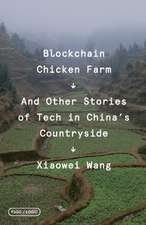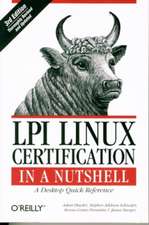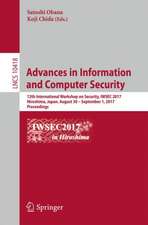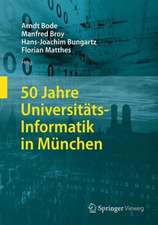How to Cheat at Securing Linux
Autor James Stangeren Limba Engleză Paperback – 4 dec 2007
This book teaches Linux system administrators how to protect their servers from malicious threats.
As with any technologies, increased usage results in increased attention from malicious hackers. For years a myth existed that Windows was inherently less secure than Linux, because there were significantly more attacks against Windows machines than Linux. This was a fallacy. There were more attacks against Windows machines because there were simply so many more Windows machines to attack. Now, the numbers tell the exact opposite story. Linux servers account for 1/3 of all servers worldwide, but in 2005 there were 3 times as many high-severity security vulnerabilities discovered on Linux servers (Source: IDC).
This book covers Open Source security, implementing an intrusion detection system, unearthing Rootkits, defending against malware, creating Virtual Private Networks, and much more.
The Perfect Reference for the Multitasked SysAdmin
* Discover Why "Measure Twice, Cut Once" Applies to Securing Linux
* Complete Coverage of Hardening the Operating System, Implementing an Intrusion Detection System, and Defending Databases
* Short on Theory, History, and Technical Data that Is Not Helpful in Performing Your Job
Preț: 359.50 lei
Preț vechi: 449.37 lei
-20% Nou
Puncte Express: 539
Preț estimativ în valută:
68.80€ • 71.56$ • 56.80£
68.80€ • 71.56$ • 56.80£
Carte tipărită la comandă
Livrare economică 14-28 aprilie
Preluare comenzi: 021 569.72.76
Specificații
ISBN-13: 9781597492072
ISBN-10: 1597492078
Pagini: 432
Ilustrații: 1
Dimensiuni: 191 x 235 x 231 mm
Greutate: 0.74 kg
Editura: ELSEVIER SCIENCE
ISBN-10: 1597492078
Pagini: 432
Ilustrații: 1
Dimensiuni: 191 x 235 x 231 mm
Greutate: 0.74 kg
Editura: ELSEVIER SCIENCE
Public țintă
System administrators and security professionals running Linux Servers who use Snort, Nessus, and Wireshark in conjunction with other security tools to identify and stop potentially malicious traffic crossing networks ranging in size from fewer than 10 machines up to enterprise-class networks with tens of thousands of systems.Cuprins
Chapter 1: Introduction to Open Source Security
Chapter 2: Hardening the Operating System
Chapter 3: System Scanning and Probing
Chapter 4: Implementing an Intrusion Detection System
Chapter 5: Troubleshooting the Network with Sniffers
Chapter 6: Unearthing Rootkits
Chapter 7: Defending Against Malware
Chapter 8: Defending Databases
Chapter 9: Network Authentication and Encryption
Chapter 10: Avoiding Sniffing Attacks through Encryption
Chapter 11: Creating Virtual Private Networks
Chapter 12: Implementing and Maintaining a Firewall
Chapter 2: Hardening the Operating System
Chapter 3: System Scanning and Probing
Chapter 4: Implementing an Intrusion Detection System
Chapter 5: Troubleshooting the Network with Sniffers
Chapter 6: Unearthing Rootkits
Chapter 7: Defending Against Malware
Chapter 8: Defending Databases
Chapter 9: Network Authentication and Encryption
Chapter 10: Avoiding Sniffing Attacks through Encryption
Chapter 11: Creating Virtual Private Networks
Chapter 12: Implementing and Maintaining a Firewall


























